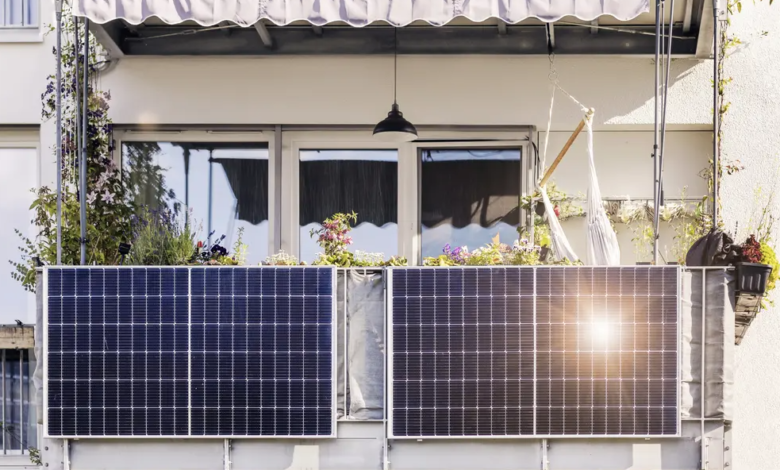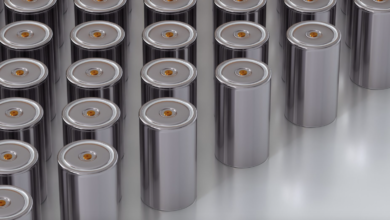Micro photovoltaic system balcony: and if for the accumulation we use e-bike batteries?
Micro photovoltaic system balcony, the advantages
(sustainabilityenvironment.com) – With the outbreak of the energy crisis and the rapid increase in European electricity bills, in the solar market is rapidly increasing attention to small systems of clean energy production at home. One of these is definitely the micro photovoltaic system balcony, small and contained solution that can offer some advantages over roof systems, provided you have the right exposure. Advantages such as ease of installation. Solar balcony panels are plug-and-play systems that can be mounted on railings or masonry in a non-permanent manner, simply by attaching them to self-supporting support structures. Obviously the power generated is contained.
The kits on sale offer one or two solar modules of about 300-340 watts per head and a micro inverter, and allow you to directly use the energy generated in the home network. Just insert the plug. A simplicity that also distinguishes the authorization procedure. Plug-and-play photovoltaic panels require complex bureaucratic steps: in Italy it is enough to communicate in advance to the condominium and send the single communication to the local electricity distributor.
Faced with a series of undeniable advantages, a challenge is still open. For the micro photovoltaic system balcony on the market today there is the possibility of integrating battery storage devices.
A storage solution for balcony micro photovoltaic systems
Engineers from the German Offenburg University of Applied Sciences are currently examining the viability. Using a medium-sized lithium battery, similar to those seen in electric bicycles, the team has studied two different methods for managing the energy generated by micro photovoltaic system balcony—one for maximizing self-consumption and one for meeting base load. The research that was published aimed to comprehend how to combine the two parts while maintaining the system’s cost low and without making any adjustments.
An operation, reads in the publication, “particularly demanding because the MPP tracker (point of maximum power) of the inverter of the module does not “know” to be connected to a battery, which requires passive or active measures to avoid battery MPP tracking”.
Passive or active hybridization
For their work the team has developed two different coupling architectures between photovoltaic modules, micro inverters and battery:
- The direct one, also called passive hybridization, provided a parallel connection of the solar panel to the battery.
- The indirect one called active hybridization used instead a controller between the battery and the PV system, with one side of the same positioned in the parallel connection between the modules and inverter and the other connected to the battery.
Including in both cases measures to avoid the pursuit of the maximum power point of the battery by the inverter.
“The resulting PV/battery/inverter systems with 300 Wp of PV and 555 Wh battery were tested in continuous operation for three days under real conditions of solar radiation. Both architectures were able to maintain stable operation and demonstrate the shift of photovoltaic energy from day to night. The efficiency of the system was observed comparable to a reference system without battery”. For the results of the research see the article published in Science Direct.






